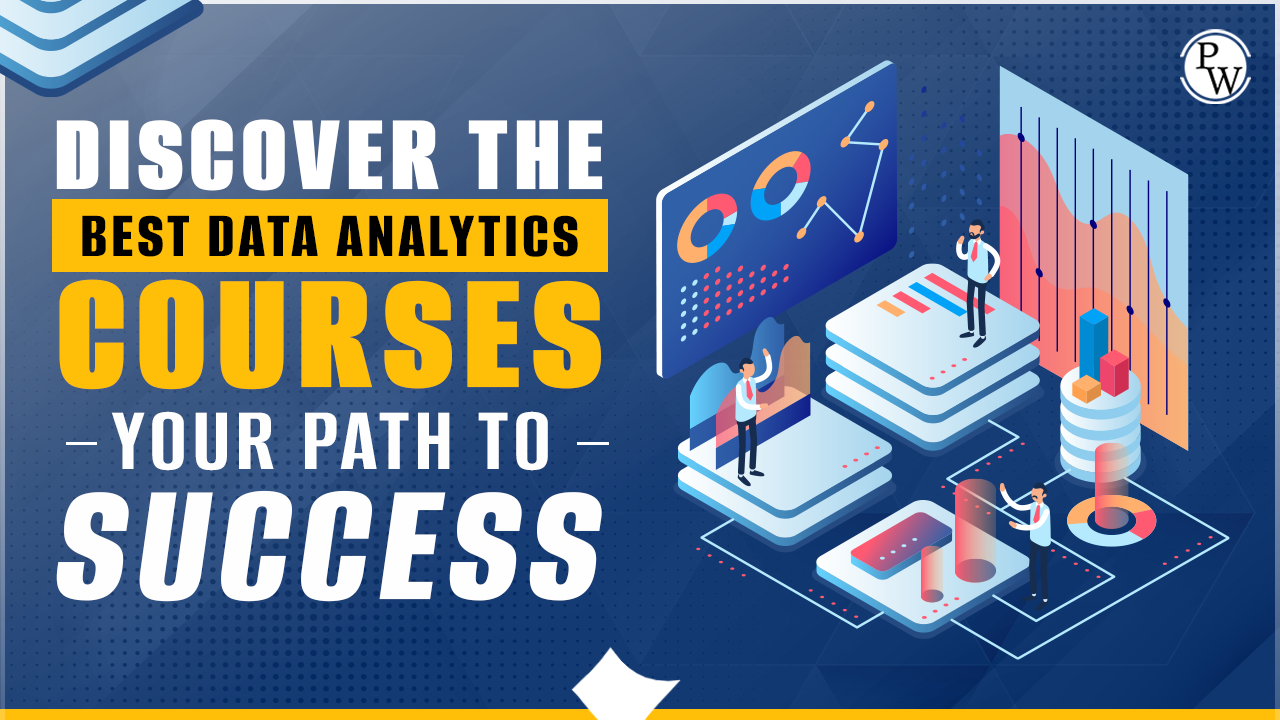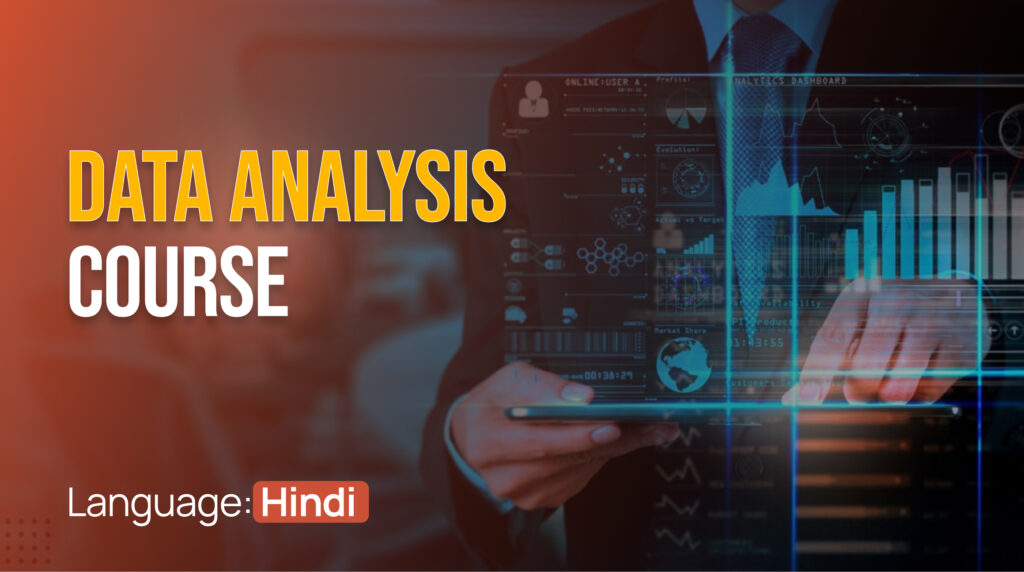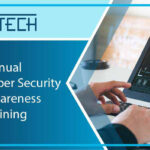The Day I Said ‘Yes’ to Data: My Personal Voyage Through a Data Analysis Course
Do you ever feel like you’re standing at a crossroads, staring at a dozen different paths, unsure which one leads somewhere meaningful? I certainly did. Not too long ago, my career felt a bit like a jigsaw puzzle with half the pieces missing. I heard buzzwords like "data-driven decisions" and "big data" floating around, and while they sounded important, they also felt incredibly intimidating. It was like everyone else had a secret language, and I was just nodding along, pretending to understand.
But then, something shifted. I started noticing how much data truly influences everything around us – from the recommendations I got on my streaming service to the news headlines explaining economic trends. It sparked a tiny flicker of curiosity. What if I could understand that secret language? What if I could be one of the people making sense of it all?
That’s when I decided to take the plunge. I enrolled in a Data Analysis Course. And let me tell you, it wasn’t just a course; it was a journey that completely reshaped my perspective and opened up doors I never knew existed.
Why Data? My Personal "Aha!" Moment
Before diving headfirst into spreadsheets and code, I had to figure out why I wanted to do this. My "aha!" moment wasn’t some grand revelation; it was a slow burn of realization. I loved solving puzzles. I enjoyed finding patterns. And frankly, I wanted a skill that felt relevant and future-proof.
The world is generating more data than ever before. Businesses, governments, even our daily lives, are swimming in information. But raw information isn’t useful until someone can clean it, organize it, and tell a story with it. That’s where a data analyst comes in. I realized that learning data analysis wasn’t just about crunching numbers; it was about becoming a detective, a storyteller, and a problem-solver all rolled into one. It felt incredibly empowering just thinking about it.
Navigating the Maze: Choosing the Right Data Analysis Course
Let’s be honest, the internet is flooded with options for learning data analysis. It can feel overwhelming. I spent weeks sifting through different online data analysis courses, comparing curricula, looking at reviews, and trying to gauge what would be the best fit for a complete beginner like me.
Here’s what I looked for, and what I recommend you consider:
- Beginner-Friendly Approach: Was it truly designed for someone starting from scratch, or did it assume prior knowledge? I needed a course that held my hand through the basics.
- Hands-on Projects: Theory is great, but practical application is where the magic happens. I wanted a course that emphasized real-world scenarios and projects I could build.
- Key Tools Covered: I knew I needed to learn certain tools. My ideal data analyst certification program would cover Excel, SQL, and ideally, an introduction to Python or R, along with data visualization tools.
- Instructor Support & Community: Learning new skills can be tough. Having instructors who were approachable and a community of fellow learners to bounce ideas off of was crucial.
- Flexibility: As someone balancing other commitments, an online data analysis training program that allowed me to learn at my own pace was a huge plus.
After much deliberation, I finally picked a course that ticked all these boxes. It promised a comprehensive journey from raw data to insightful conclusions, and I was ready to buckle up.
My Journey Through the Data Analysis Course: The Good, the Tricky, and the "Aha!" Moments
The first few weeks felt a bit like learning a new language. Everything was fresh and exciting, but also a little daunting.
Module 1: Getting Cozy with Excel for Data Analysis
We started with Microsoft Excel, and honestly, I thought I knew Excel pretty well. Boy, was I wrong! This wasn’t just about making simple spreadsheets. We dove deep into functions like VLOOKUP, Pivot Tables, and conditional formatting. I learned how to clean messy data, identify trends, and create compelling charts. It was our friendly starting point, teaching me the fundamental principles of data organization and initial insights. Suddenly, my everyday spreadsheets looked incredibly amateurish, and I felt a newfound respect for Excel’s power.
Module 2: Unlocking Databases with SQL
Then came SQL (Structured Query Language). This felt like learning to talk to databases directly, asking them politely (or sometimes not so politely!) to give me specific pieces of information. At first, writing queries felt like solving a complex riddle. Where do I put the SELECT? When do I use JOIN? But with practice, something clicked. The joy of writing a query and seeing exactly the data you asked for pop up was incredibly satisfying. It felt like unlocking secret codes to vast repositories of information. This module was a game-changer for understanding how data is stored and retrieved.
Module 3: Python – A Whole New Universe
Next up was Python. This was where things got really interesting, and occasionally, a little frustrating. Python for data analysis is incredibly powerful. We learned about libraries like Pandas for data manipulation and Matplotlib/Seaborn for advanced data visualization. Debugging code felt like a puzzle with missing pieces, but the "aha!" moments, when my code finally ran and produced a beautiful chart or a perfectly cleaned dataset, were truly exhilarating. Python allowed me to automate tasks that would take hours manually and handle much larger datasets with ease. It felt like graduating from a bicycle to a rocket ship.
Module 4: The Art of Data Visualization
This was one of my favorite parts. It’s one thing to have data; it’s another to present it in a way that tells a clear, compelling story. We explored various charting techniques, learned about choosing the right graph for the right message, and used tools like Tableau and Power BI. It wasn’t just about making pretty pictures; it was about communicating insights effectively. I realized that a well-designed chart could convey more information than pages of text.
Module 5: Statistics for Data Analysts (Less Scary Than It Sounds!)
Finally, we touched upon basic statistics. I used to dread statistics, but the course presented it in a practical, understandable way. We learned about averages, medians, standard deviations, and how to interpret these numbers to draw meaningful conclusions. It wasn’t about complex formulas; it was about understanding the story the numbers were trying to tell. This gave me the confidence to not just present data, but to explain what it meant.
Challenges and Triumphs
Of course, it wasn’t always smooth sailing. There were evenings filled with frustration, staring at error messages in my code, feeling like I’d never "get it." There were moments of self-doubt. But what kept me going was the supportive community, the patient instructors, and the sheer joy of those breakthrough moments.
I remember one evening, struggling with a complex SQL query. After hours, I finally found the tiny syntax error that was throwing everything off. The relief, and the feeling of accomplishment, were immense. Each small victory fueled my motivation to tackle the next challenge.
Applying the Knowledge: My Newfound Superpower
The most rewarding part came when I started applying what I learned. For my final project, I analyzed a dataset of customer purchasing behavior for a fictional online store. I cleaned the data, used SQL to extract specific segments, built predictive models with Python, and created interactive dashboards with Tableau.
Suddenly, numbers weren’t just numbers. They were patterns, insights, and potential solutions. I could identify which products were most popular, at what times, and even suggest marketing strategies based on customer demographics. It was like I had a new superpower – the ability to see the hidden stories within the data.
The "After": A World of New Possibilities
Completing that Data Analysis Course wasn’t just about getting a certificate; it was about transforming my capabilities. I gained:
- In-demand skills: Excel, SQL, Python, data visualization – these are highly sought after in almost every industry.
- A new way of thinking: I now approach problems with a more analytical, data-driven mindset.
- Confidence: I feel empowered to tackle complex challenges and contribute meaningful insights.
- Career opportunities: The world of data analyst jobs is vast and growing, and I now have the skills to explore it.
I’m not saying it’s easy, but it is incredibly rewarding. If I, a complete beginner who once felt intimidated by the mere mention of "data," can embark on this journey and find success, then so can you.
My Advice for Aspiring Data Analysts
If you’re at that crossroads, wondering if a Data Analysis Course is for you, here’s what I’d tell my past self, and what I’d tell you:
- Just Start: Don’t wait for the "perfect" moment or the "perfect" course. Pick one that feels right and dive in.
- Embrace the Struggle: There will be frustrating moments. That’s part of learning. Don’t give up.
- Practice, Practice, Practice: Theory is good, but hands-on projects are where you truly learn. Work on personal projects, analyze publicly available datasets.
- Don’t Be Afraid to Ask: Join online communities, reach out to instructors, find a mentor. Everyone starts somewhere.
- Be Curious: The best data analysts are naturally curious. They ask "why?" and "what if?"
- Build a Portfolio: As you complete projects, save them. They’ll be invaluable when you start looking for roles.
Your Data Journey Awaits
Taking that Data Analysis Course was one of the best decisions I’ve ever made. It wasn’t just about acquiring a new skill set; it was about discovering a passion, gaining confidence, and opening up a world of possibilities. If you’re looking for a path that’s intellectually stimulating, constantly evolving, and in high demand, then perhaps it’s time for you to say "yes" to data too. Your personal voyage into the world of data analysis is waiting.



